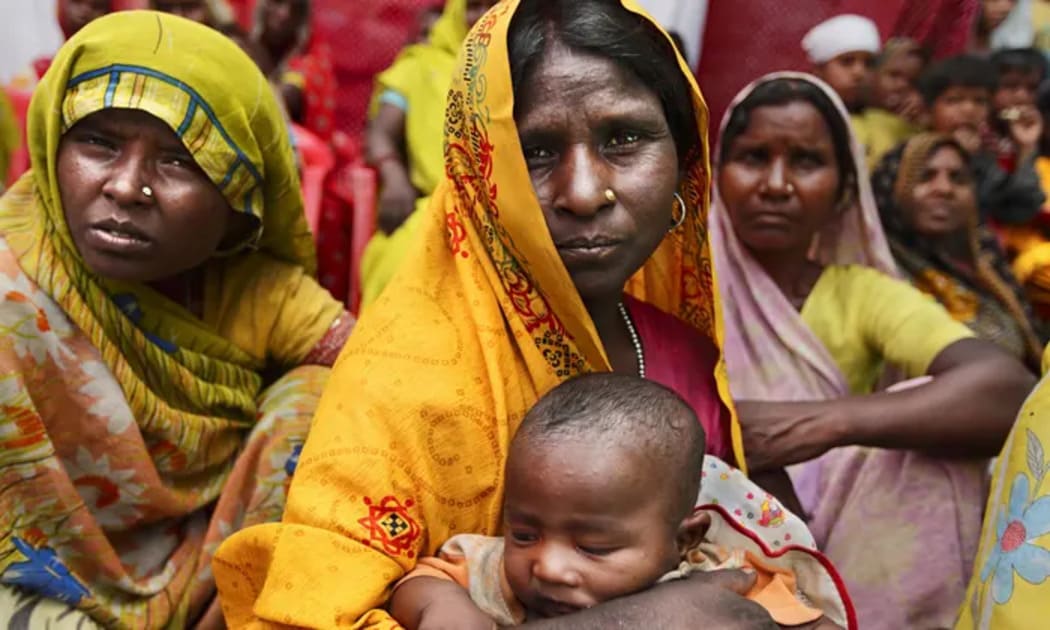
Present-Day Dalit Repositioning in Rural Bihar's Social Hierarchy
Title
Present-Day Dalit Repositioning in Rural Bihar's Social Hierarchy
Author
1. Pushpesh Reddy, Student, Patna University, Bihar, India, India
Abstract
The modernization-induced uptick in Dalits' awareness of their own existence, their sense of self-identity, and the difficulty of adjusting to other groups is only one of three primary identity-related variables that have emerged as a result of the influence of new socio-economic pressures. A society's level of safety relies on its level of social progress and the warmth of its relationships within it. Questions of fairness include how some people are prevented from sharing in the advantages of economic growth while others are given an unfair share. The path of rural Bihar's social dynamics was set by these interconnected problems. Significant progress has been made in the state of Bihar during the last several decades, and social cohesion and the prevalence of untouchability have both improved. Several key measures of human development in the state have shown steady improvement in recent years. Growth has not been equitably distributed across all segments of society. As a group, Dalits are far less developed than the general population. The state government of Bihar formed the Mahadalit commission and launched a slew of training initiatives to help its citizens acquire the necessary job skills to reach this objective. This work has the potential to shake up established societal norms. The primary focus of this research has been on the Dalit and non-Dalit relationships in Bihar, as well as the dynamics within the Dalit community itself. The data for the empirical research was gathered through planned interviews with both primary and secondary sources. important conclusions were drawn from the research, such as the fact that untouchability has not been entirely eradicated from society but has been significantly decreased.
Keywords
Conclusion
- Two-fifths of village residents think Dalit Sub-castes are prejudiced against because they are considered lower-class.
- Eight percent of Dalits said that they weren't invited to social functions because they weren't Dalit.
- Sixty percent of non-Dalits were instructed to avoid eating with Dalit.
- The majority of Lower castes (28%) were not welcomed to a social or religious gathering that did not include their group.
- Non-Dalits declined attendance at 19% of social and religious gatherings hosted by a Dalit family.
- As much as 31.33% of non-Dalit people turn down Dalit hosts' offers of food.
- A fresh style is emerging. Untouchability occurs among Dalit subcastes since 12% of Dalits are not admitted to Lower Dalit subcastes.
- 14.67% of lower Dalit subcastes are forced to eat in separate lines because of cast system and casteism.
- Only 9.33% of Dalits think they should be subject to the same restrictions on entering temples as other groups.
- A large majority (84.67 percent) of respondents said that discrimination against Dalits had reduced in the research area.
Author Contrubution
The author confirms sole responsibility for the following: study conception and design, data collection, analysis and interpretation of results, and manuscript preparation.
Funding
The authors did not receive any specific grants from funding agencies in the public, commercial, or non-profit sectors for the research, authorship, and/or publication of this article.
Conflict of Interest
All authors declare that they have no conflicts of interest.
Data Sharing Statement
Not applicable
Software And Tools Use
Not applicable
Acknowledgements
I thank the following individuals for their expertise and assistance in all aspects of our study and for their help in writing the manuscript. I am also grateful for the insightful comments given by anonymous peer reviewers. Everyone's generosity and expertise have improved this study in myriad ways and saved me from many errors.
Corresponding Author
Pushpesh Reddy
Patna University, Bihar, India, Student, India
Copyright
Copyright: ©2025 Corresponding Author. This is an open access article distributed under the terms of the Creative Commons Attribution License , which permits unrestricted use, distribution, and reproduction in any medium, provided the original author and source are credited.
Reddy, Pushpesh. “Present-Day Dalit Repositioning in Rural Bihar's Social Hierarchy.” Scientific Research Journal of Arts, Humanities and Social Science, vol. 1, no. 1, 2022, pp. 1-10, https://isrdo.org/journal/SRJAHS/currentissue/present-day-dalit-repositioning-in-rural-bihars-social-hierarchy
Reddy, P. (2022). Present-Day Dalit Repositioning in Rural Bihar's Social Hierarchy. Scientific Research Journal of Arts, Humanities and Social Science, 1(1), 1-10. https://isrdo.org/journal/SRJAHS/currentissue/present-day-dalit-repositioning-in-rural-bihars-social-hierarchy
Reddy Pushpesh, Present-Day Dalit Repositioning in Rural Bihar's Social Hierarchy, Scientific Research Journal of Arts, Humanities and Social Science 1, no. 1(2022): 1-10, https://isrdo.org/journal/SRJAHS/currentissue/present-day-dalit-repositioning-in-rural-bihars-social-hierarchy
4083
Total words1623
Unique Words176
Sentence22.596590909091
Avg Sentence Length0.28554069510035
Subjectivity0.047250785041978
PolarityText Statistics
Viewed / Downloads
Total article views: 121 (including HTML, PDF, and XML)| HTML | XML | Total | |
|---|---|---|---|
| 91 | 13 | 17 | 121 |
Viewed (geographical distribution)
Thereof 121 with geography defined and 0 with unknown origin.